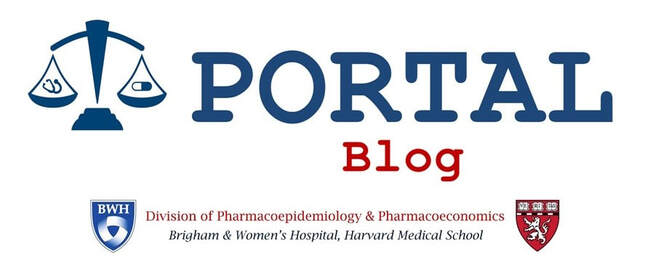|
By Liam Bendicksen, Benjamin N. Rome, Jerry Avorn, Aaron S. Kesselheim
Rising prescription drug costs continue to be a major concern for the American public and policymakers. Despite the widespread use of formal health technology assessment to control prescription drug prices in other high-income countries, US lawmakers at all levels of government have been hesitant to systematically assess the cost effectiveness of pharmaceuticals. In the absence of federal action on drug prices, however, lawmakers at the state level have forged ahead with new ways of addressing this pressing issue. Over the past four years, lawmakers in five states have enacted six prescription drug–pricing boards in pursuit of paying for drugs based on their clinical value and containing runaway spending. Though these boards vary substantially in terms of their structure, authority, scope, and leverage to secure lower drug prices, state drug–pricing boards are all authorized to review the prices of specific drug products and pursue value-based prices. Though using formal cost-effectiveness analysis to regulate and negotiate drug prices is common in Europe, the power of some drug–pricing boards to implement this practice is novel at the state level in the United States. In a new study in The Milbank Quarterly, we compare how these state drug–pricing boards operate. The article analyzes the boards’ similarities and differences in key aspects, including positioning within state bureaucracies, the payers over which the boards have jurisdiction, the mechanisms that trigger pricing reviews, the information that boards require manufacturers to report, and the leverages that boards wield to compel manufacturers to lower costs. The researchers also evaluated the pricing reviews that boards have completed to date and discussed how the structure of each board may influence regulators’ ability to achieve value-based prices. Prescription drug–pricing boards are a promising new tool for states to achieve cost savings and value in pharmaceuticals. States interested in pursuing value-based drug prices using this approach should build on the experiences and designs of existing drug–pricing boards and take care to address the legal barriers that boards face. Liam Bendicksen is an undergraduate student at Brown University studying Public Health and Public Policy and a summer researcher at PORTAL. Benjamin N. Rome, MD, MPH is an Instructor of Medicine at Harvard Medical School and a faculty member at PORTAL. Jerry Avorn, MD is emeritus Professor of Medicine at Harvard Medical School, Founding Chief of the Division of Pharmacoepidemiology and Pharmacoeconomics at Brigham and Women's Hospital, and Co-Director of PORTAL. Aaron S. Kesselheim, MD, JD, MPH is a Professor of Medicine at Harvard Medical School and Director of PORTAL. Comments are closed.
|
AuthorPORTAL Blog posts are authored by PORTAL faculty, trainees, and collaborators. Archives
January 2022
Categories |
|
Program On Regulation, Therapeutics And Law (PORTAL)
Division of Pharmacoepidemiology and Pharmacoeconomics 1620 Tremont Street, Suite 3030 Boston, MA 02120 |


 RSS Feed
RSS Feed
